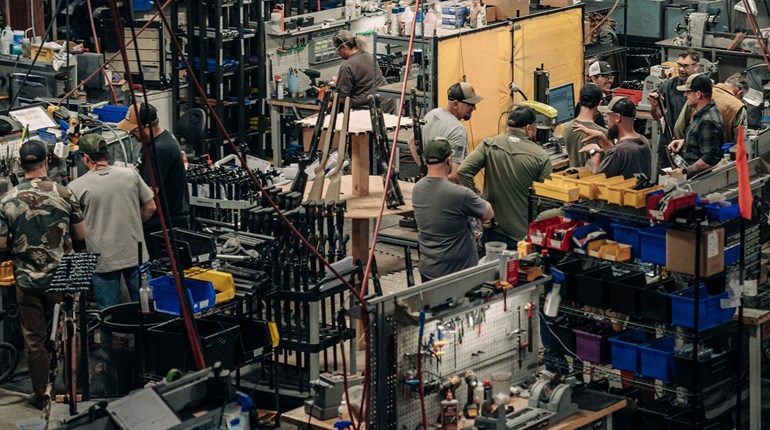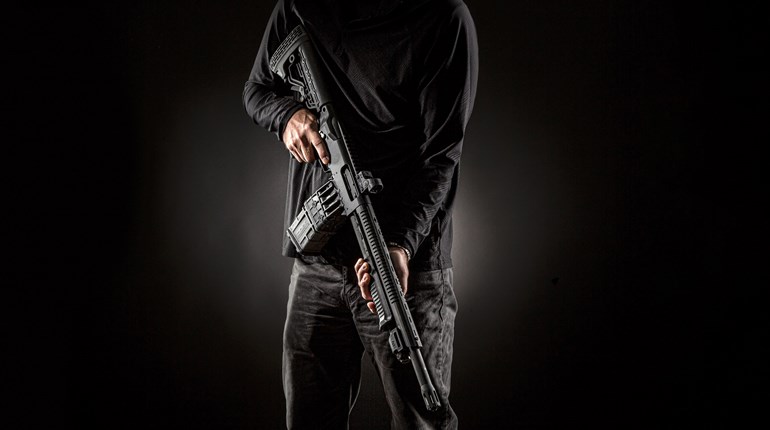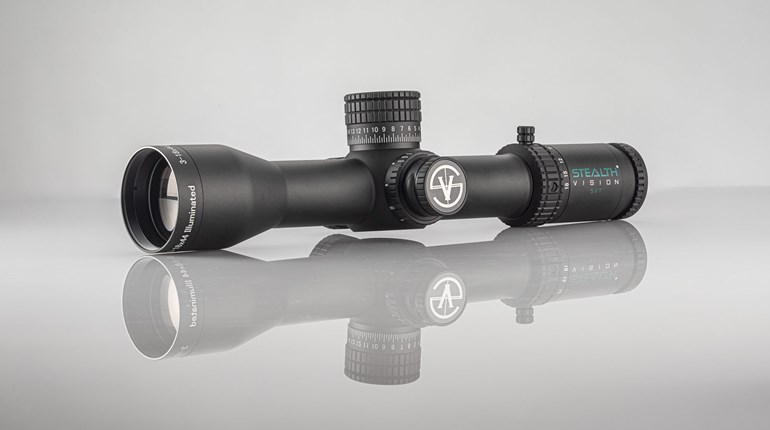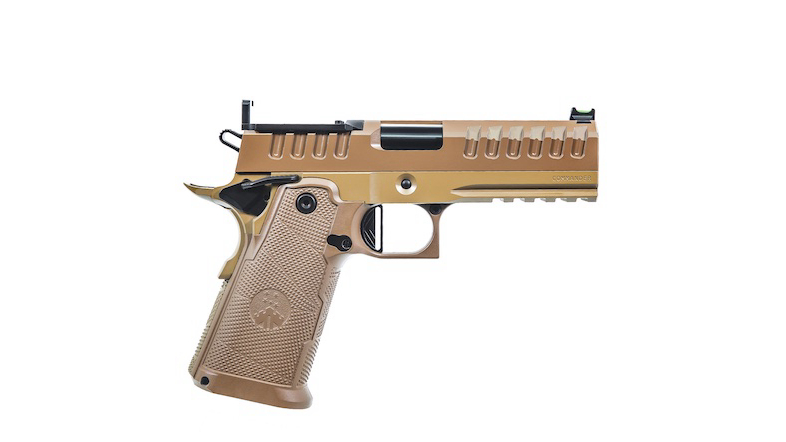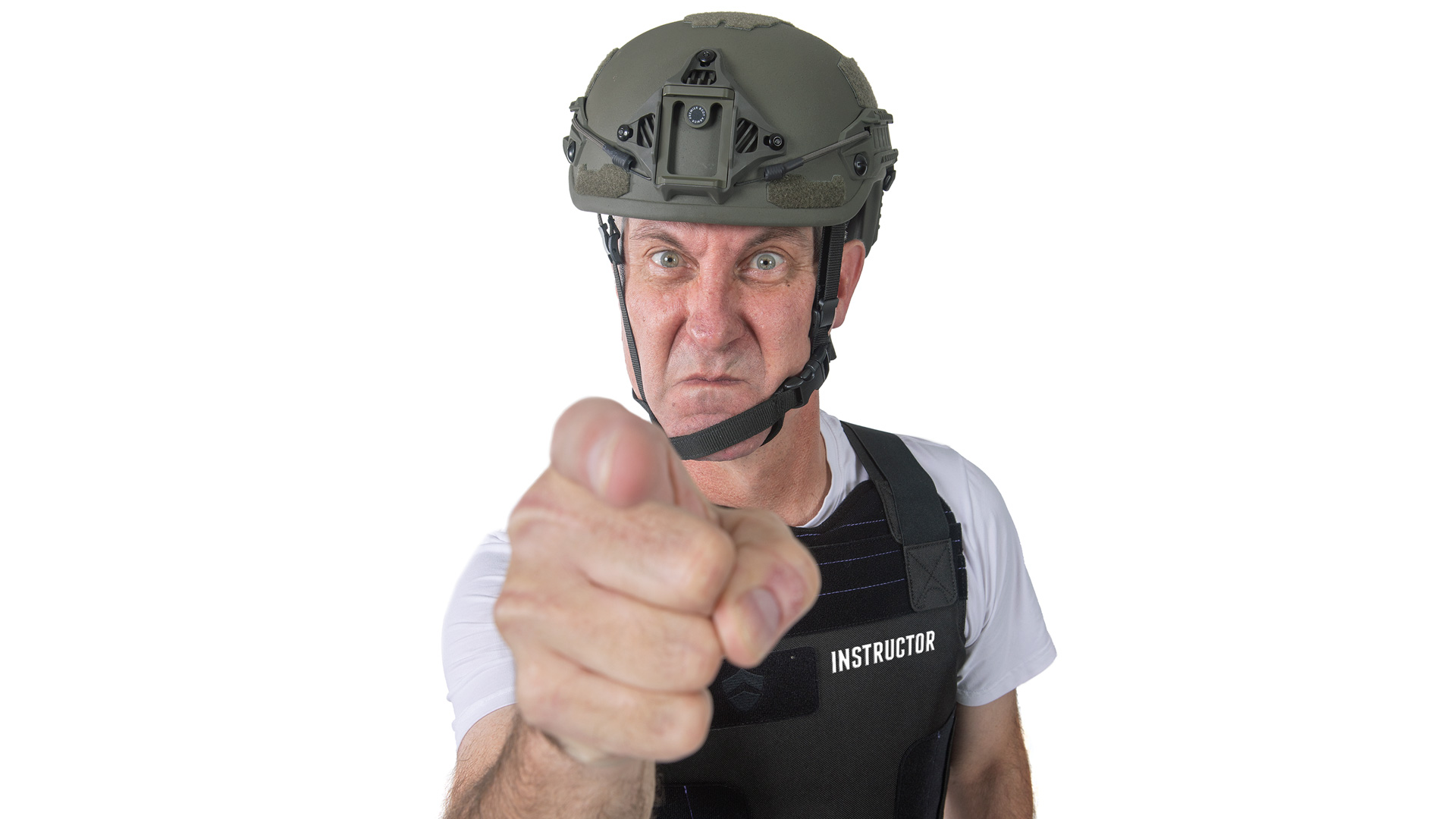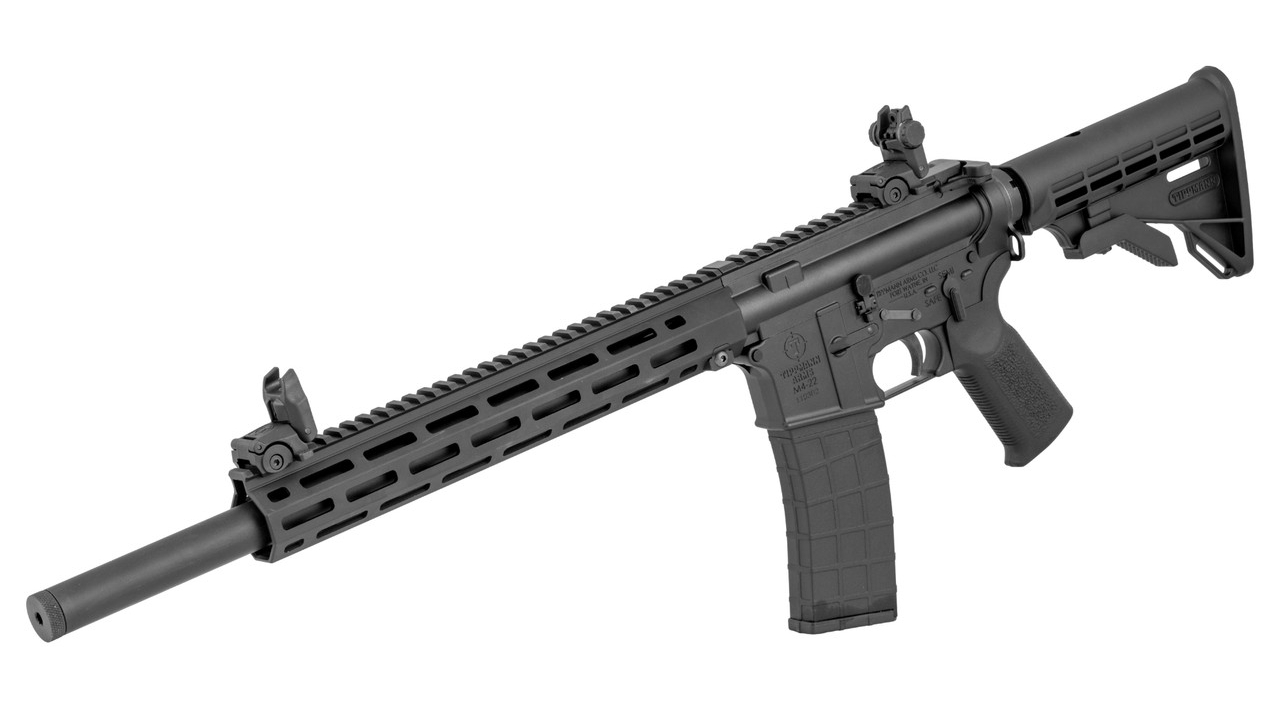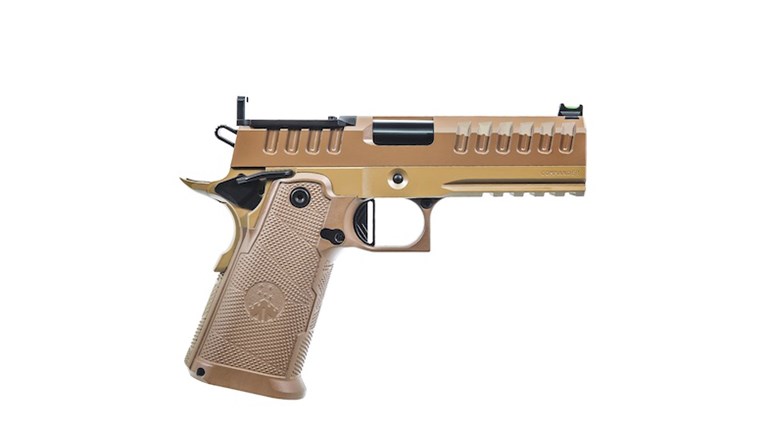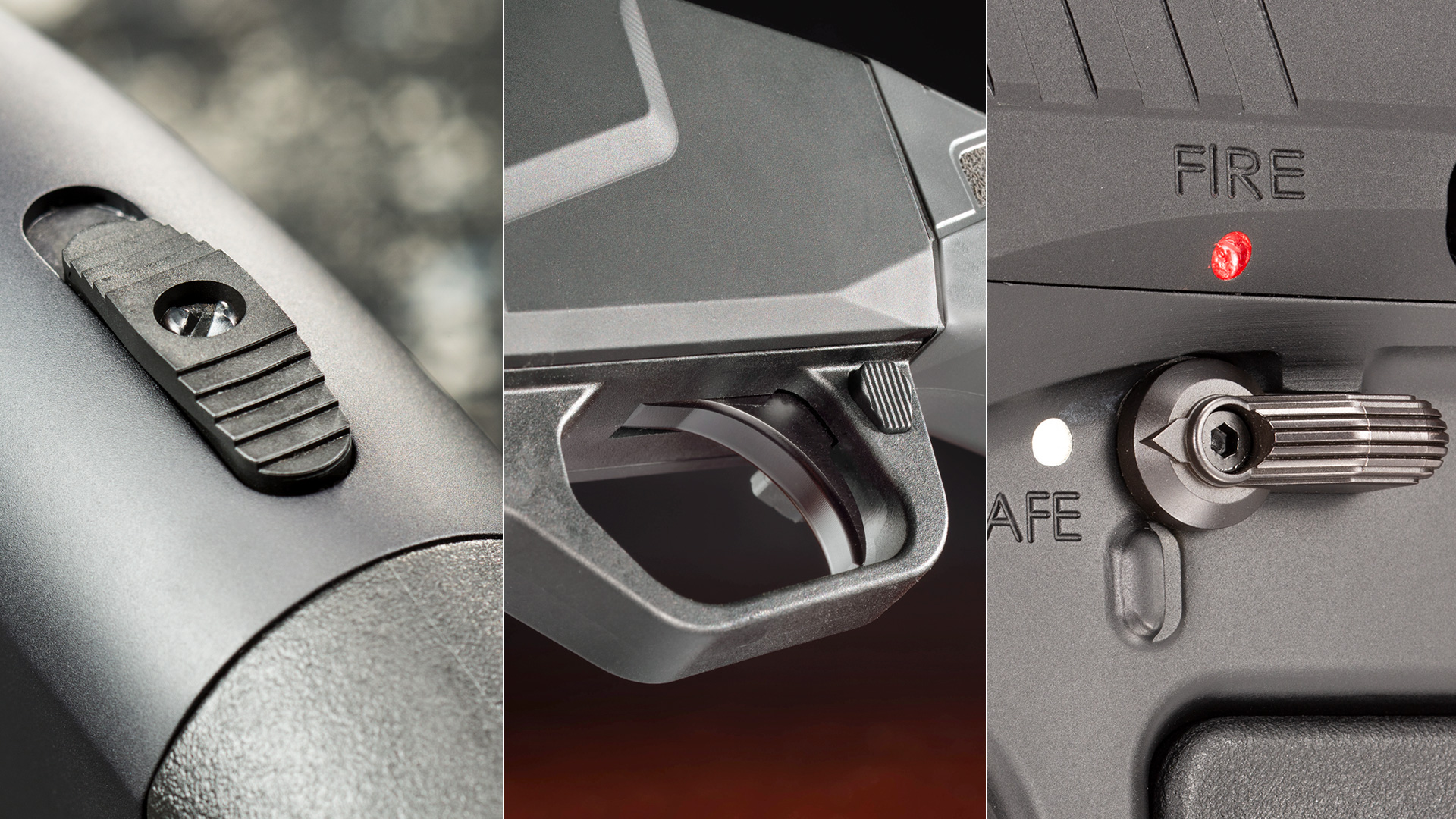
My prerequisites for a worthy home-defense shotgun are as follows: Foremost, the shotgun must be supremely reliable. It must hold at least five rounds. It must fit me well so it points naturally and mitigates felt recoil. It must have a short barrel so it can be easily maneuvered. And finally, it must have a quality safety that I like. And that is the topic of this column: What makes a quality safety, and what style do you prefer?
There are three general types of safeties commonly found on shotguns. The first type, and most prolific on pumps and semi-autos, is the trigger-guard-mounted, crossbolt-style safety—sometimes called a button safety. (From here on out, I’ll refer to it as the crossbolt safety.)
As an example, the venerable Remington 870 utilizes a crossbolt safety. It’s often mounted on the rear of the trigger guard, behind the trigger, but on certain models such as some from Winchester and Beretta, it’s mounted on the forward portion of the trigger guard. Simple in design, it employs a steel pin, or a bolt, that physically blocks the trigger from being pulled when it is in the “on” position. For this reason, it’s extremely reliable.
The shotgun safety that’s most often found on break-action guns and on Mossberg-brand shotguns is the tang-mounted slide safety. It indirectly prevents the trigger from being pulled via a connector bar. It’s very simple in terms of shooters remembering its position in relation to the shotgun’s status, because forward means fire and back means safe. For this reason alone, many people prefer it.
The third prominent safety type is the rotating thumb switch, or safety selector, like that found on AR-15-style rifles and several types of tactical shotguns. These safety-selector switches are suited to vertical pistol-grip-style shotguns because they could not be reached with the thumb if the grip were more horizontal in relation to the receiver where they are mounted. Their advantage is in familiarity: Folks who routinely shoot AR-15s can use the same grip and manipulations as on their AR-15-style shotguns. Personally, I do not prefer this style, mainly because I do not prefer shotguns with pistol grips.
Before we get into more pros and cons of each style of safety, know that virtually anyone can become accustomed to nearly any style of safety with practice. Once a shooter becomes intimately familiar with one style so that its manipulation is ingrained, that shooter can become biased to it, as I am with the crossbolt-style safety.
The crossbolt has several advantages, in my opinion. First, I believe it’s the easiest to manipulate while under pressure; several times my sweaty thumb has slipped over a tang-safety without pushing it forward. Secondly, the crossbolt safety can easily be felt, not viewed, to determine its position. And lastly, placing the trigger finger on the safety button while in the ready position does two things: It necessarily ensures that the finger is not on the trigger, and it also doesn’t immediately give this important information away to a potential assailant.
The main difference between the crossbolt safety and the tang-mounted safety is that the tang-mounted style is inherently ambidextrous: right- and left-handed shooters can access it with the thumb of either hand equally well, an advantage over the stock crossbolt. While some shooters claim that slide safeties are faster than crossbolts—arguing that if the finger is busy working the safety it can’t be pulling the trigger, I don’t buy it. One could make the argument that a safety and a trigger worked with the same finger is akin to the gas and brake pedal of a car being worked with one foot, so that the gas (the trigger) is not accidentally pressed before the brake (the safety) is released. Honestly, both systems are so simple and fast that it’s a wash.
However, nearly all the stated disadvantages of both crossbolt and slide safeties are either remedied by modern shotguns or can be fixed by modification. For example, many popular tactical shotguns on the market now have crossbolt safeties that can be reversed for left-handers.
Likewise, aftermarket slide safeties are available for Mossberg shotguns that lend more purchase so that the thumb is prevented from sliding over the stock safety when slick with sweat. Many drop-in kits cost less than $25.
All the safeties mentioned here are safe, fast and ambidextrous (or can be made so if they’re not already). None of the merits of any style are as important as an individual shooter’s familiarity with the one chosen. Don’t let a style of safety dictate your preference of an otherwise sound defensive shotgun.












